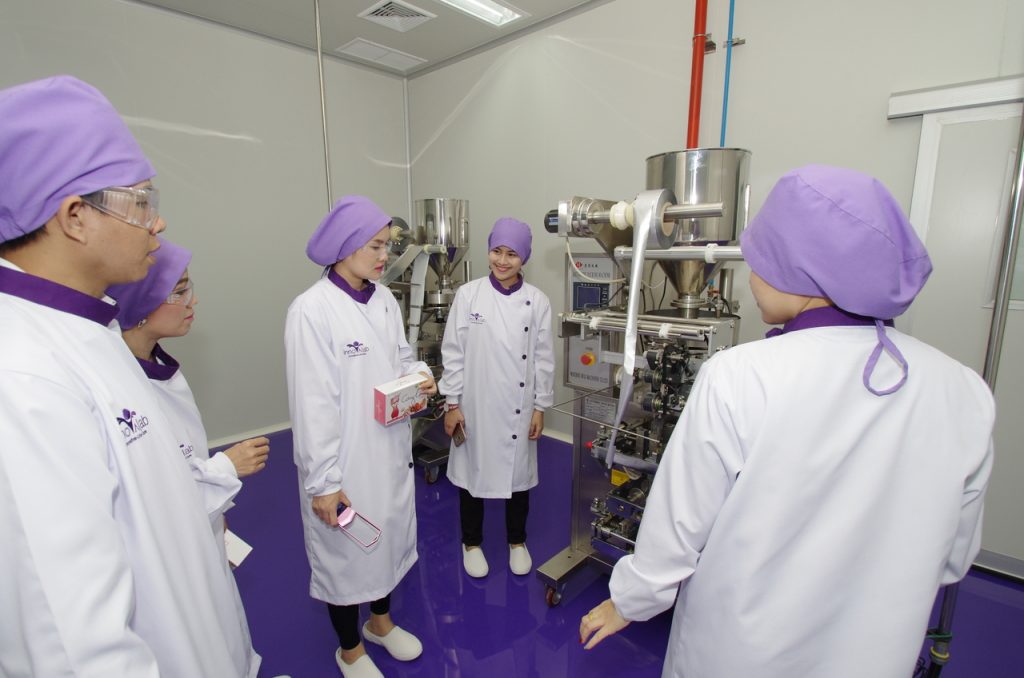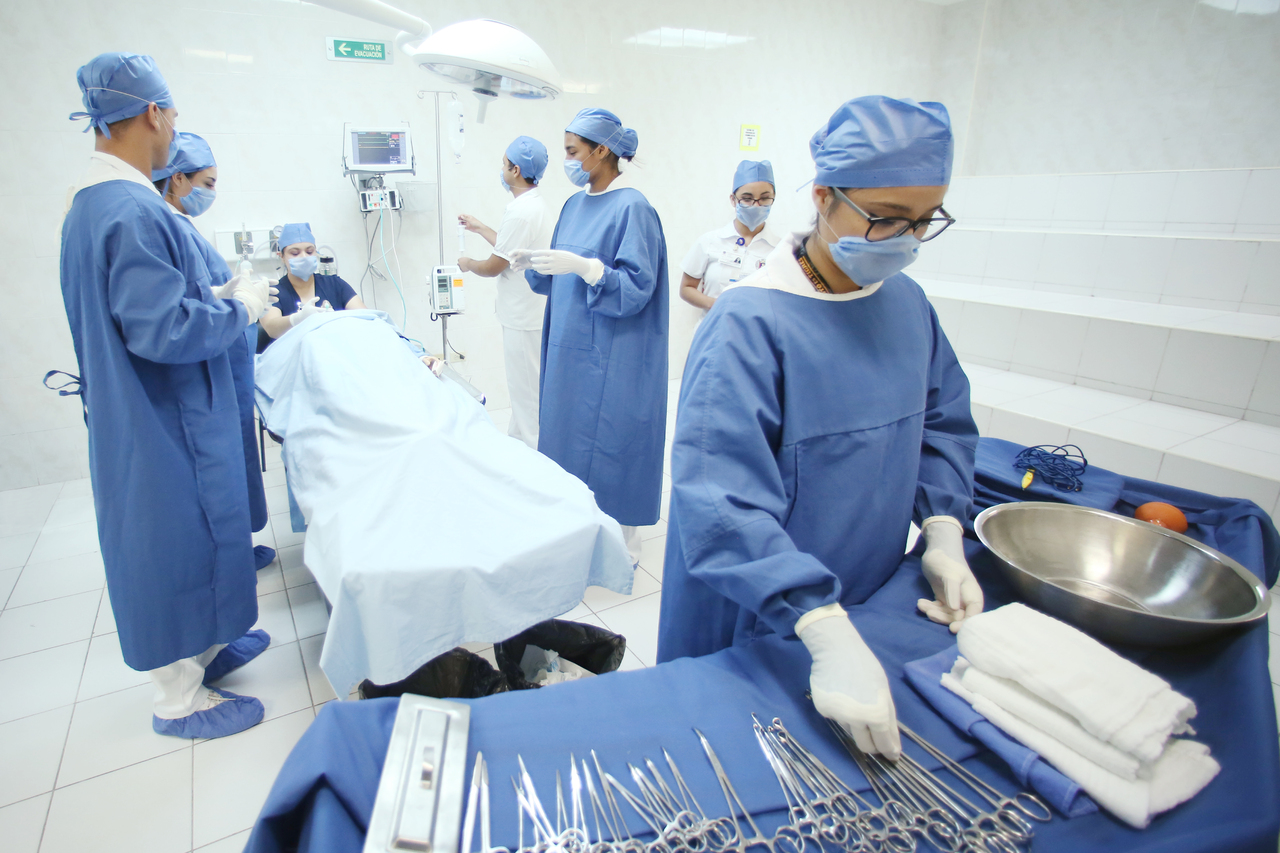Aesthetic medicine has seen a significant increase in popularity in recent years, with more people seeking out cosmetic treatments to improve their appearance. As a result, the demand for skilled professionals in the field has also risen. One such profession is that of an aesthetic physician assistant, which offers a rewarding career for those who have a passion for cosmetic medicine. In this article, we will provide a comprehensive guide on how to become an aesthetic physician assistant, including education and training requirements, necessary skills, job duties, and career prospects.
What is an Aesthetic Physician Assistant?
An aesthetic physician assistant (PA) is a licensed healthcare professional who works under the supervision of a licensed physician, specializing in cosmetic treatments and procedures. PAs are highly trained and skilled professionals who are responsible for conducting patient assessments, developing treatment plans, and performing various cosmetic procedures.

Education and Training Requirements
To become an aesthetic physician assistant, one must complete the following education and training requirements:
2.1 Bachelor’s Degree
The first step in becoming an aesthetic physician assistant is to obtain a bachelor’s degree in a related field such as health sciences or biology. This degree provides the foundational knowledge necessary for a career in healthcare and sets the groundwork for the next steps in becoming a physician assistant.
2.2 Accredited Physician Assistant Program
After completing a bachelor’s degree, the next step is to complete an accredited physician assistant program. These programs typically take two years to complete and consist of both classroom and clinical training. The curriculum covers a wide range of topics, including anatomy, pharmacology, and patient assessment.
2.3 Certification and Licensing Requirements
Once the physician assistant program is completed, graduates must pass the Physician Assistant National Certifying Exam (PANCE), which is administered by the National Commission on Certification of Physician Assistants (NCCPA). Passing this exam is a requirement to become certified as a physician assistant. After certification, state licensure is required to practice medicine as a PA.
2.4 Continuing Education and Training
Continuing education and training are also essential for aesthetic physician assistants to stay up-to-date with the latest trends, techniques, and technologies in the field. Most states require PAs to complete a certain number of continuing education hours each year to maintain licensure.
Skills and Qualities Needed
To excel as an aesthetic physician assistant, one must possess certain skills and qualities. These include:
3.1 Strong Communication and Interpersonal Skills
Aesthetic physician assistants must have excellent communication skills to understand the needs and concerns of their patients. They must be able to explain procedures and treatments in simple terms, and provide patients with the necessary information to make informed decisions about their care.
3.2 Attention to Detail
Attention to detail is a critical skill for aesthetic physician assistants as cosmetic procedures require precision and accuracy. Small mistakes can lead to significant problems, so it is essential to be meticulous when performing procedures.
3.3 Ability to Work Independently and as Part of a Team
Aesthetic physician assistants must be able to work independently, making decisions and implementing treatment plans. However, they must also be able to collaborate with other healthcare professionals, including physicians, nurses, and other medical personnel.
3.4 Understanding of Anatomy and Physiology
Aesthetic physician assistants must have a thorough understanding of human anatomy and physiology to perform cosmetic procedures safely and effectively. They must be familiar with the body’s systems, structures, and functions and how they relate to various cosmetic treatments.
3.5 Familiarity with Cosmetic Treatments and Procedures
To be successful as an aesthetic physician assistant, one must be knowledgeable about the various cosmetic treatments and procedures, including injectables, dermal fillers, laser treatments, and chemical peels. They must stay up-to-date with the latest techniques and technologies to provide the best possible care to their patients.
els. They must stay up-to-date with the latest techniques and technologies to provide the best possible care to their patients.
Job Duties and Responsibilities
The job duties and responsibilities of an aesthetic physician assistant can vary depending on the practice setting and the supervising physician’s specialty. However, some common duties and responsibilities include:
4.1 Conducting Patient Consultations and Assessments
Aesthetic physician assistants are responsible for conducting patient consultations and assessments. This includes evaluating the patient’s medical history, discussing their concerns and goals, and performing physical examinations. Based on this information, they develop a treatment plan that is customized to the patient’s needs and desires.
4.2 Developing and Implementing Treatment Plans
Once the treatment plan is developed, the aesthetic physician assistant is responsible for implementing it. This may involve performing various cosmetic procedures, such as injectables, dermal fillers, and chemical peels. They must ensure that the procedures are performed safely and effectively and monitor the patient’s progress throughout the treatment process.
4.3 Performing Cosmetic Procedures
Under the Supervision of a Licensed Physician Aesthetic physician assistants work under the supervision of a licensed physician. While they are authorized to perform certain procedures, they must work under the physician’s guidance and direction to ensure the patient’s safety.
4.4 Managing Patient Follow-up Care
After the procedures are performed, the aesthetic physician assistant is responsible for managing the patient’s follow-up care. This includes monitoring the patient’s progress, providing guidance on post-procedure care, and addressing any concerns or complications that may arise.
Career Outlook and Advancement Opportunities
The demand for aesthetic physician assistants is expected to continue to grow, with the Bureau of Labor Statistics projecting a 31% increase in employment for physician assistants between 2019 and 2029. The average salary for aesthetic physician assistants is also competitive, with PayScale reporting an average salary of $93,000 per year.
There are also opportunities for career advancement and specialization within the field of aesthetic medicine. With additional training and education, aesthetic physician assistants can pursue careers as cosmetic injectors, laser technicians, or practice owners.
Conclusion
Becoming an aesthetic physician assistant requires a significant investment of time, education, and training. However, for those with a passion for cosmetic medicine and a desire to help patients look and feel their best, it can be a rewarding and fulfilling career path. By following the steps outlined in this article, aspiring aesthetic physician assistants can take the first step towards achieving their goals and making a positive impact in the field of aesthetic medicine.












